Your basket is currently empty!
1520 – La Noche Triste: The Night the Aztecs Defeated Cortés
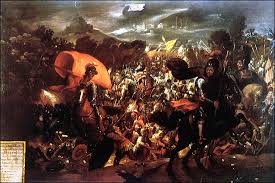
On June 30, 1520, Spanish conquistador Hernán Cortés suffered a massive defeat in Tenochtitlan during an event called La Noche Triste (“The Sad Night”). After imprisoning the Aztec emperor Moctezuma, tensions exploded into violent conflict. The Spanish attempted to flee the city under cover of night but were ambushed by Aztec warriors. Hundreds of Spanish soldiers and their native allies were killed. The event temporarily halted the Spanish conquest of the Aztec Empire. Despite the defeat, Cortés regrouped and returned with reinforcements a year later. La Noche Triste remains one of the most symbolic moments of resistance in Aztec history. It is a pivotal event in the history of Mesoamerican warfare and Spanish colonization.
1860 – The First Plastic Surgery Operation
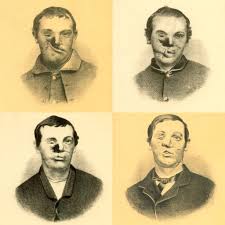
In 1860, one of the earliest examples of modern plastic surgery was performed. This pioneering reconstructive procedure marked the beginning of plastic surgery as a medical specialty. The surgery was aimed at repairing facial deformities caused by trauma or birth defects.
Early plastic surgeons used rudimentary tools and techniques, but their innovations paved the way for future advancements. The field would grow significantly after World War I due to the high number of facial injuries. Today, plastic surgery includes both cosmetic and reconstructive practices. This first operation laid the foundation for the global development of plastic and reconstructive surgery.
The event highlights how 19th-century medicine transformed the future of surgery.
1908 – Tunguska Explosion: Siberia’s Mysterious Blast
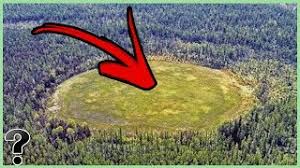
On June 30, 1908, a massive explosion in Siberia flattened over 2,000 square kilometers of forest. The event, known as the Tunguska Explosion, remains one of the most mysterious natural disasters in modern history. Witnesses saw a fireball in the sky before a powerful blast shook the ground. It is believed that a meteor or comet exploded in the atmosphere. The explosion was around 1,000 times more powerful than the atomic bomb dropped on Hiroshima. Despite the force, no impact crater was ever found. Tunguska continues to fascinate scientists and conspiracy theorists alike. It is a key example of the risks posed by near-Earth objects.
1934 – Night of the Long Knives: Hitler’s Political Purge
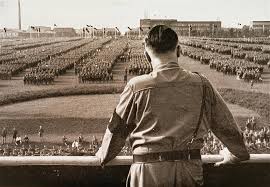
Between June 30 and July 2, 1934, Adolf Hitler launched a brutal political purge in Nazi Germany. Known as the Night of the Long Knives, the operation targeted the SA leadership and other rivals. Ernst Röhm and many others were executed without trial. The purge helped Hitler eliminate opposition within his own party. It also gained him the loyalty of the German military. This event marked a major consolidation of power for the Nazi regime. It sent a clear message about the consequences of dissent under totalitarian rule. The purge was a turning point in Hitler’s rise to absolute power.
1966 – NASA’s First Spaceflight Featuring Two Women
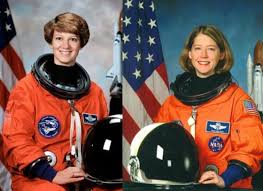
In 1966, NASA made history by including two female astronauts in a spaceflight training mission.Although they did not go into orbit, their participation was a landmark in gender inclusion in space exploration. The mission proved that women were fully capable of meeting the physical and technical demands of astronaut training. This marked an early step toward greater gender equality in aerospace. The event influenced future recruitment and public perception of women in science. NASA would later launch Sally Ride into space in 1983 as the first American woman astronaut. The 1966 mission helped lay the groundwork for that milestone. It remains a key chapter in the history of women in space.
1997 – The Return of Hong Kong to China
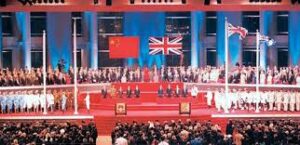
On July 1, 1997, the United Kingdom officially returned Hong Kong to China, ending over 150 years of British colonial rule. The event was known as the Hong Kong Handover, and it marked a historic geopolitical transition. Under the “one country, two systems” policy, Hong Kong retained limited autonomy. The handover was conducted with great ceremony, attended by world leaders and dignitaries.
Many Hongkongers feared the loss of freedoms and democratic rights. Over time, tensions have increased between Hong Kong citizens and the Beijing government. The event is still a point of political and social debate in global affairs. It remains one of the most significant moments in post-colonial history.
